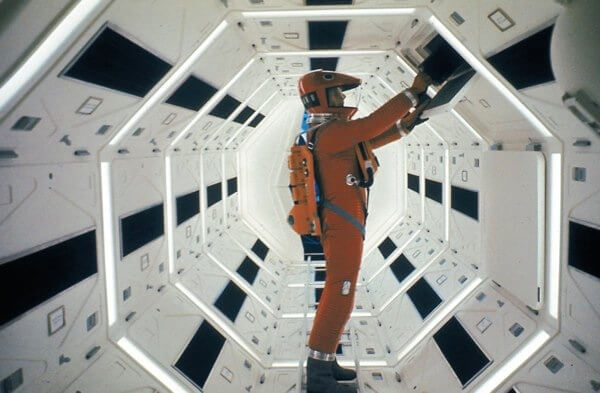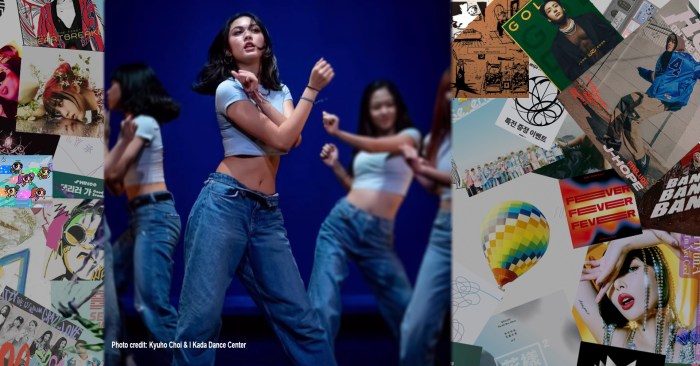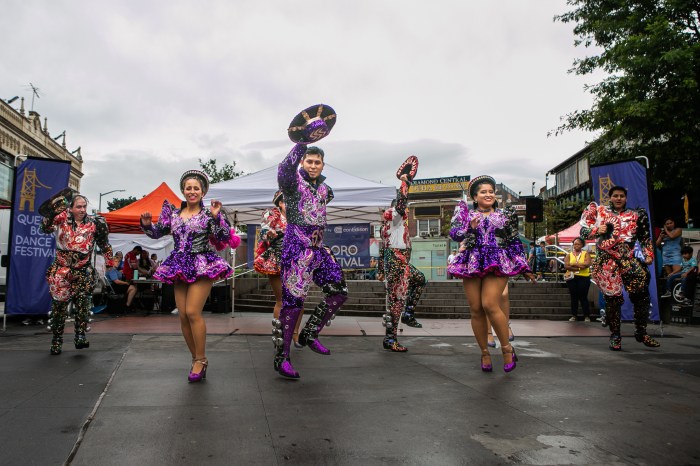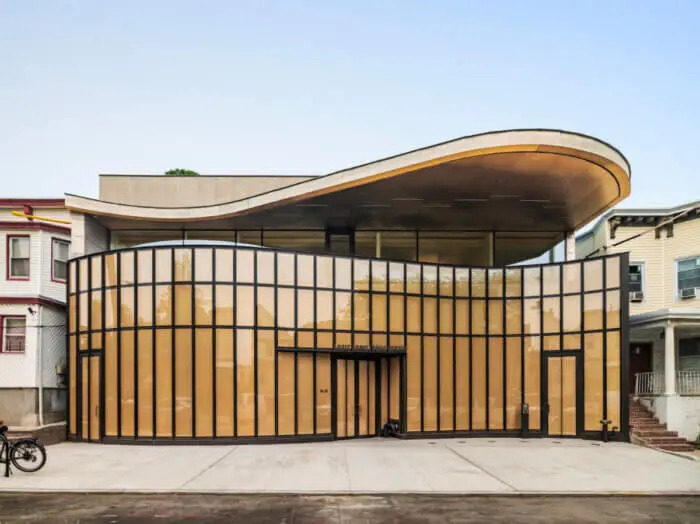By Steve Barnes
In Hollywood’s heyday, the line between “movies” and “films” was for the most part an artistic one. “Movies” came with a tub of popcorn, “films” were accompanied by an artistic pedgree and, usually, subtitles.
Now, with even the once-high-tech DVD something of an antique, the word “film” conjures up little more than the idea of nostalgia for some viewers.
Digital cameras have come very close to taking over, and to many the whirr of a film projector has become a sound akin to that of a Model T being cranked up.
But there are still holdouts who say that nothing can ever replace the look of film, and many of them are aficionados of the medium’s most large-scale format—70mm. One promoter of the format, the Museum of the Moving Image in Astoria, is giving borough audiences the chance to get a look at what 70mm films have to offer in “See It Big! The 70mm Show.”
The latest installment in what has become a summer tradition at the museum, “See It Big!” is screening eight films that were photographed in 70mm. Starting out on Friday, July 29, with what is likely the most famous 70mm film of all time, Stanley Kubrick’s “2001: A Space Odyssey,” the series includes historical epics (“Spartacus” and “Khartoum”), musicals (from Julie Andrews in “Star!” to the Rolling Stones in “Let’s Spend the Night Together”), Shakespeare (Kenneth Branagh’s take on “Hamlet”) and Westerns (Sam Peckinpah’s “The Wild Bunch” and Quentin Tarantino’s “The Hateful Eight”).
“The museum is committed to preserving the theatrical presentation of 70mm films in their original format,” David Schwartz, chief curator at MMI, said. When it comes to “The Hateful Eight,” that takes a little extra work on MMI’s part. The film was shot in Super Panavision, a super-wide format that requires the museum’s projectors to be fitted with special lenses to present it in the proper aspect ratio. Even the theater in which the films will be screened reflects on the glories of 70mm. MMI’s Sumner M. Redstone Theater took many of its design cues from the look of Kubrick’s sci-fi classic.
Tarantino is one of the biggest advocates of 70mm’s superiority to the digital image. “There is no intelligent argument to be had that puts digitial in front of [70mm],” he said when the “The Hateful Eight” was released last year. “It actually might be film’s saving grace. Film’s last stand.”
And Schwartz points out some technical details to back up that claim of superiority. “With a higher resolution and more light hitting the frame, 70mm film offers a bigger, brighter image than 35mm,” he said. “There is nothing comparable to the crisp images and rich sound of 70mm film.”
Running through Sept. 4, the series will let movie-goers make that comparison for themselves. But if you go by the opinion of one of the stars of “Let’s Spend the Night Together,” the verdict seems pretty clear. Mick Jagger said that Hal Ashby’s 70mm record of the 1981 Stones tour gave viewers “a feel of what it’s like to be there.”
For more information, visit www.movin

































